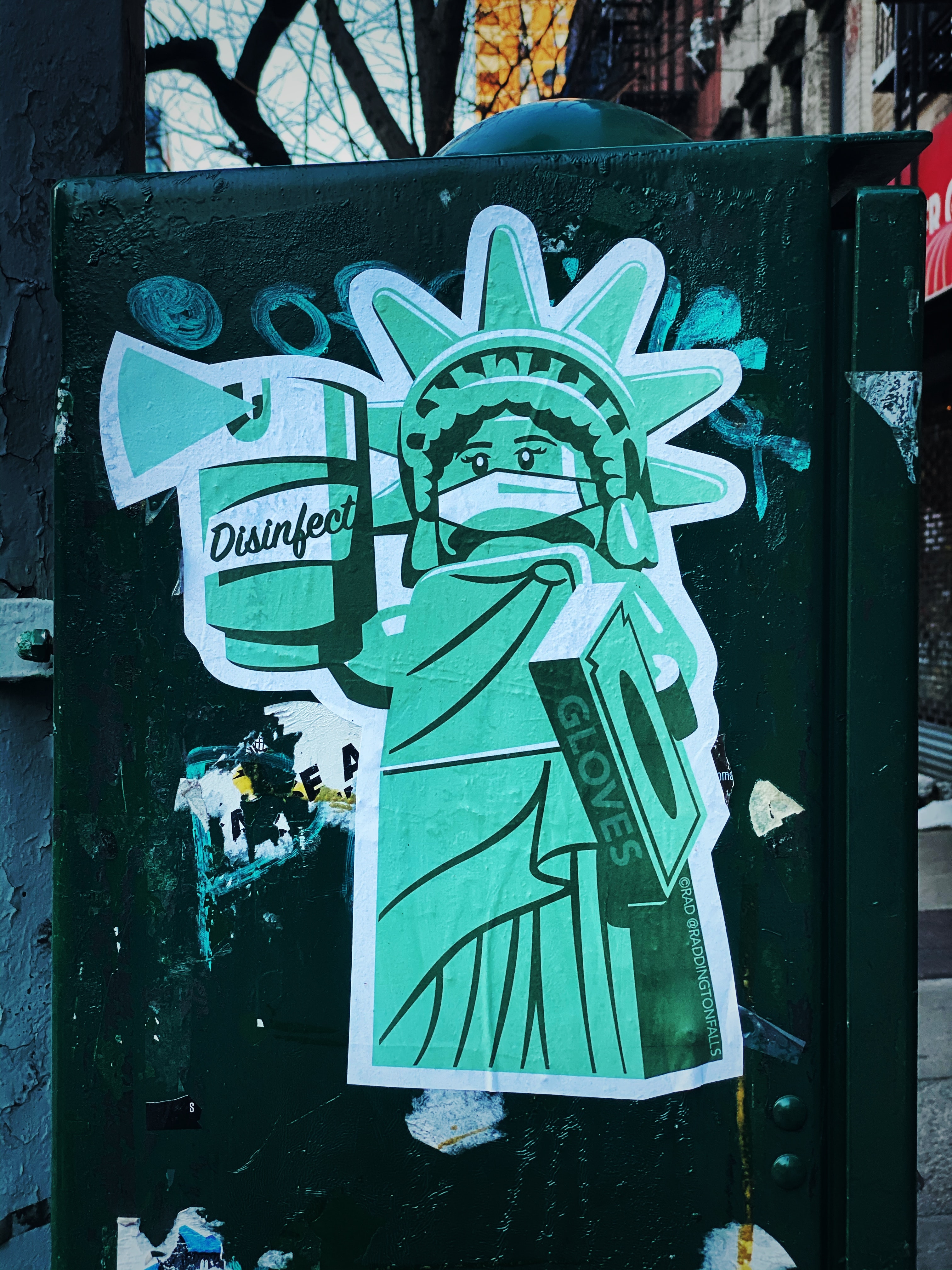Recently, the CDC made headlines by taking down what they said was a draft guideline posted in error concerning the role of airborne transmission in coronavirus spread. This comes on the heels of the prior week’s reversal of controversial CDC testing guidelines suggesting that people exposed to an infected person didn’t need a coronavirus test if they weren’t showing symptoms. This guidance was reversed once it was revealed that it didn’t go through the CDC’s scientific review process.
Since March, we’ve all been focused on stopping the spread of COVID-19 and asked to make personal decisions about risk with incomplete information and often conflicting directions from local, state, and federal decision makers. The sometimes messy scientific process has played out under public scrutiny. Meanwhile, the need for data about how the novel coronavirus spreads and can be treated has been sought as quickly as possible. It is easy to panic when bombarded with breathless headlines suggesting some new danger or a new study that seems to contradict something we thought we knew. A better understanding of how scientific research works and where to look for information can protect you from unnecessary panic.
As a Biology professor, it is my job to run a research lab that searches for new knowledge about how our sensory system works and to teach students how to think like scientists. Like many people, I used to think that scientists came up with ideas, showed they were correct, and then this information went into textbooks as an infallible fact. In reality, science works best when the scientific community is critical of results, tries to replicate findings, and throws out old ideas once better data are collected. One study is almost never enough to answer a big question and we get the best information when problems are approached from multiple angles by multiple research groups. It is actually a good thing when the scientific community self-corrects and changes its mind with new information.
To help you navigate the barrage of scientific results about coronavirus, here are three general ideas to keep in mind as you read and make decisions.
Answers are almost never black and white
Be extremely wary of any headline that claims that something never happens or that a single new study has changed how we understand a critical property of the pandemic. The human body and the real world are complex and simple answers are few and far between. For instance, high rates of mask wearing can decrease coronavirus spread, but this doesn’t mean that you can’t ever catch or transmit coronavirus if you are wearing a mask. Making choices during the pandemic requires weighing relative risks and there are rarely one-size fits all solutions. As an example, kids can and do get sick and even die from COVID-19, but thankfully at much lower rates than adults. When thinking about whether to send your kid to school, the community rate of spread, age and health condition of your child, and resources available to provide safety measures for kids and adults all matter. Try to avoid thinking about solutions as all or none, and be critical of articles that encourage you to think in extremes.
To understand a study, you need to understand the limitations of their methods
When I teach students to read scientific journal articles, one of the main things I emphasize is to look at the methods carefully and think about how their limitations influence what you can conclude from the study. During the early days of the pandemic, the CDC released a report that coronavirus genetic material (RNA) was found on the Diamond Princess cruise ship 17 days after people disembarked. This study used a method that can’t measure whether the genetic material found was part of an intact and infectious virus (in this case it wasn’t an infectious virus). Many news stories either didn’t report this limitation or buried it at the end of the article. It can be hard to spot these types of omissions, which is why you want to read the interpretation of people who are experts in the types of studies being reported.
Find good experts to help you with interpretation
I rely on expert opinions to put new findings into the big picture context and help me understand the nuances in the results. This list of 50 Experts to Trust in a Pandemic is a great resource of trusted experts. It’s a good idea to look at the opinions of multiple experts to gauge whether there is consensus. You should also be sure to choose people with relevant expertise; the person that can best help you understand how the COVID-19 vaccine candidates work might not be the best person to help you understand the rate of coronavirus spread in the community. The best place to start is often well-sourced articles by science journalists who are experts at explaining complex topics to a general audience and synthesize the opinions of multiple experts for you. There are many top notch science journalists on the pandemic beat, but the writer whose work I’ve most often shared with family and friends is Ed Yong from The Atlantic. He has won two awards this year for his deeply sourced and insightful pandemic reporting.
There is still so much we don’t know about the coronavirus and it is easy to feel overwhelmed. By reading articles about the pandemic like a scientist, you can navigate the uncertainty with less stress.
Katherine Wilkinson is an Associate Professor of Biological Sciences at San José State University and a Public Voices Fellow with The OpEd Project.


